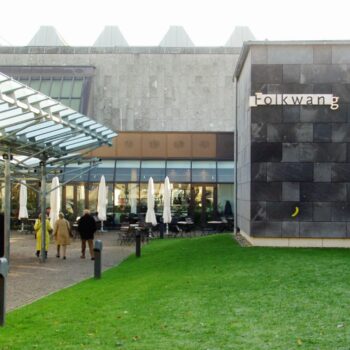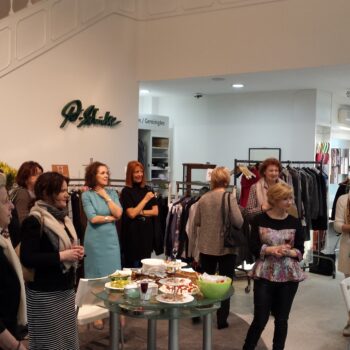A Day Trip to the Asparagus Farm, Kisters
- Posted by Stefan
- On 1. May 2016
- Asparagus, day trip, highlights, schnapps
On a cold and grey Saturday morning, seventeen ladies assembled at Düsseldorfer Platz in Ratingen from where our bus was to depart. We shared the bus with another group who caused some amusement by playing musical chairs until everyone was finally happy with their seat. Nonetheless we departed punctually at 09.30 and about an hour later we arrived at the asparagus farm.
We were welcomed by the owner Herr Kisters, who gave us a detailed presentation about the farm and its history, the beginning of asparagus farming in Walbeck and how it is grown, picked, peeled and prepared. We were offered an asparagus schnapps which is definitely an acquired taste!
We then walked to the nearby asparagus fields where Herr Kisters explained how asparagus was planted, protected by double sided foil (white to attract the light/sun and black to repel), and how it was picked with a special tool.
The annual harvesting of Germany‘s “king of vegetables” begins in April and finishes on 24th June. This is all done by hand; very intensive and backbreaking work. Prices plummet when the season starts and since white asparagus is graded – the best remain the most expensive – it is definitely worth paying more for the finest of what the Germans call “white gold”.
By now it was starting to drizzle so we were happy to return to the shop to buy some asparagus and – for the adventurous – some schnapps.
Asparagus should preferably be eaten within two days of purchase, however, if wrapped in a damp tea towel, it can be kept for longer in the fridge. Another tip; if the asparagus is a bit older, place it in cold water for half an hour prior to cooking.
The bus journey to the restaurant was quite exciting as we drove along roads not meant for large vehicles but we did finally arrive safely at the restaurant. By now we were all quite hungry and able to do justice to the lovely traditional meal of asparagus, two kinds of ham, potatoes, butter or sauce hollandaise. These pearly white, thick and rounded spears were delicious so we appreciated the plentiful second helpings.

A local guide then did a short tour of the highlights of Walbeck with us. Walbeck’s economy is based almost exclusively on the asparagus industry and resulting tourism.
On then to nearby Kevelaer where we had an hour and a half to explore on our own.
Kevelaer Gnadenkapelle (Chapel of Grace, pictured left) is one of the most visited shrines in Germany and a famous pilgrimage destination. More than 1 million pilgrims, mostly from Germany and the Netherlands, visit Kevelaer every year. The town participates in international town twinning and is twinned with Bury St. Edmunds, in England. In the Middle Ages, Bury was also an important place of pilgrimage.
The Basilica is well worth a visit. The square in front of this church is quite special, many people light candles there. The church itself is a dominant building in Kevelaer, the interior is beautiful.
All too soon it was time to return to the bus for the journey home. It was a very informative and very pleasant day out.
May 2016/Report kindly submitted by Avril


